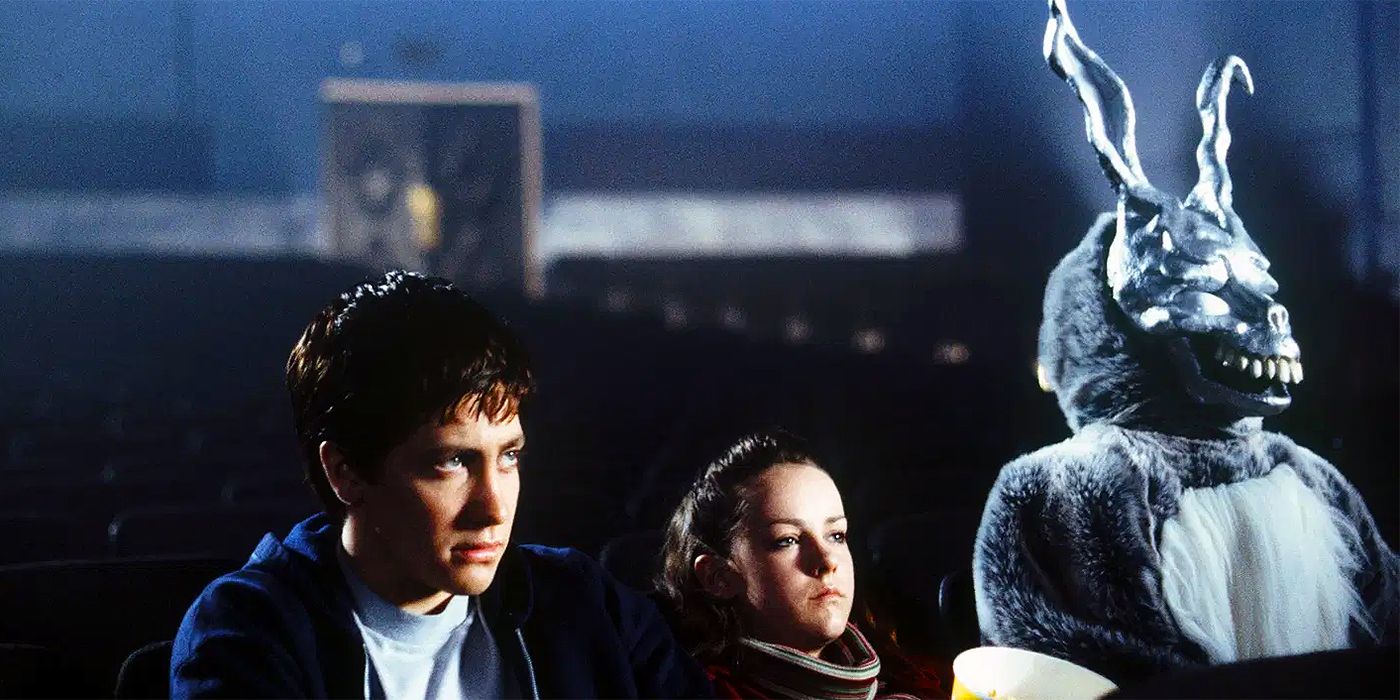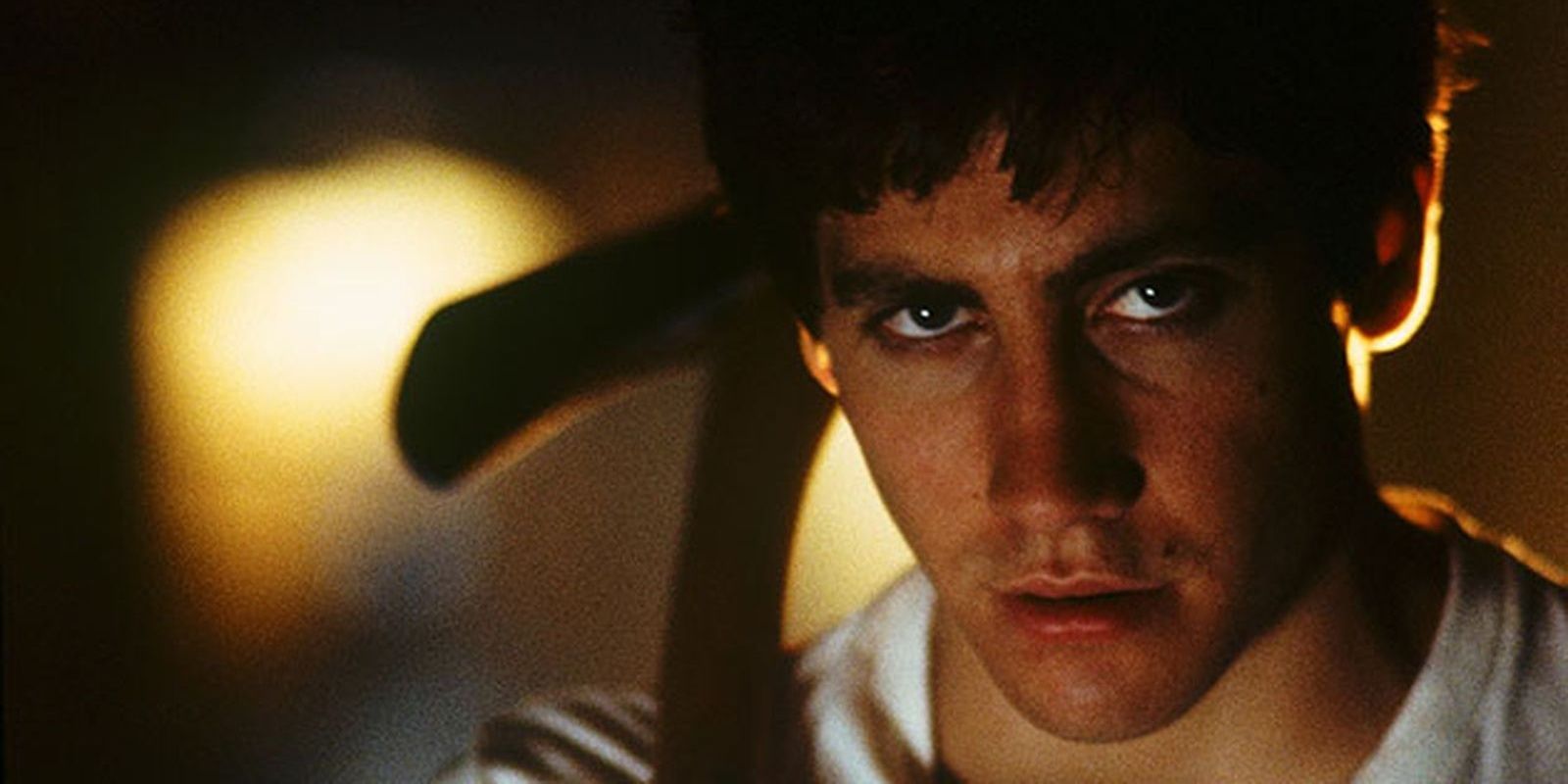
When it comes to director's cuts, it's easy to think about movies such as Blade Runner and Aliens, which have great director's cuts that fans swear by. Most of the time, they offer more scenes that were cut from the film and they add to the world. While fans will usually recommend that new viewers watch the director's cut, that's not always the case. For example, there's a lot of debate among Donnie Darko fans about which cut is better.

Donnie Darko stands out as a unique psychological thriller. After teenage Donnie narrowly avoids a freak accident, he starts seeing visions of someone in a rabbit costume who tells him the world will end in just over 28 days. His visions of this mysterious figure turn darker and darker as it convinces him to start committing crimes. Much of the movie is filled with strange imagery and events that are left up to the audience's interpretation.
While keeping the same core story, Donnie Darko's director's cut still changes a lot. Adding in almost 20 minutes of new footage, the cut features many new scenes and extensions of existing ones. The extended scenes spend more time with Donnie and his parents and flesh out their relationship more than the theatrical cut. And for the new footage, close-up shots of Donnie's eye and crashing waves feature throughout, interpreted as showing his changing psyche.
Although this new footage isn't required, it's still interesting for fans to watch. However, there are a couple more controversial changes that most people tend to disagree with. The first is the change in the soundtrack, as the director added in songs he couldn't use during the theatrical release. Most notably is the change to the opening song, "The Killing Moon" by Echo & the Bunnymen, which was replaced by "Never Tear Us Apart" by INXS, to the dismay of many fans.
But arguably the biggest and most controversial change is that throughout the Donnie Darko director's cut, pages from a book called The Philosophy of Time Travel are placed on screen for the audience to read. These pages are essentially meant to explain what is going on during certain scenes. They detail time travel and a "tangent universe," which Donnie resides in and needs to correct. It also explains that he needs to do his criminal acts to save the "primary universe" he split off from.

While some extended scenes do give a good insight into Donnie's relationships, overall the theatrical cut tends to flow better. A large part of Donnie Darko's charm is that it left a lot up to the audience's interpretation and raised more questions than answers by the end. With the director's cut, there's a lot more hand-holding and explaining exactly what's going on, meaning that sense of mystery is lost.
The general consensus from fans is that the theatrical cut should be watched first so that new viewers can experience the movie's ambiguity. There's no harm in watching the director's cut afterward, as there's still plenty of new scenes to enjoy, and it's interesting to experience what the director originally wanted for Donnie Darko.
0 Comments